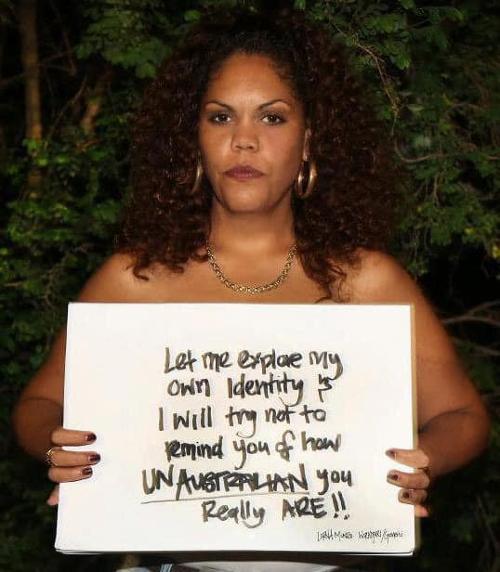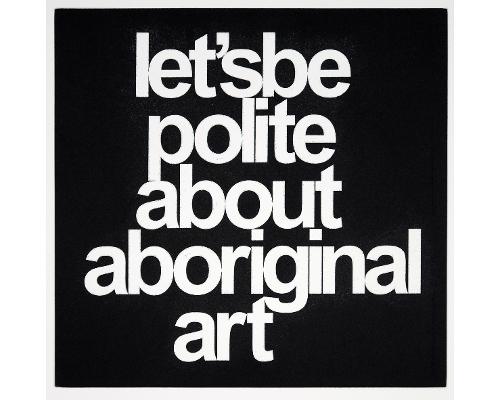Reclaiming the Rock in Project Banaba: Creativity, survival and agricultural colonialism in the Pacific
Growing up in Fiji in the 1980s, education was paramount in our house. My dad, John Tabakitoa Teaiwa, was always telling us stories of working to pay his way through primary and secondary school on Rabi and Ovalau, working in the kitchens for the St. John’s College Cawaci priests, cooking their meals and cleaning up afterwards. He was held back from graduating because he was so good at rugby; he did an extra year to play for the school, but he was passed over by recruiters for the national team because he was Banaban and not iTaukei (Indigenous Fijian). My mum, Joan Kathryn Martin Teaiwa, was a high school teacher, then worked for the University of the South Pacific, and we had books in the house from floor to ceiling. These included a full set of the Childcraft Encyclopedias, along with Maya Angelou and many other writers of African American literature. There were books and magazines about contemporary black dancers, Samoan-born Albert Wendt’s novel on love, freedom and racism—Sons for the Return Home—which my twelve-year-old-self thought was so scandalous—and bibles and books on Catholic saints whose lives and tragic deaths, I thought, were even more shocking. There was also an indecipherable book called Disconcerting Issue: meaning and struggle in a resettled Pacific community (1971). Dad said he knew the author, an anthropologist, Martin Silverman, and that I’d met him when I was little and served him a cake covered in ants.












